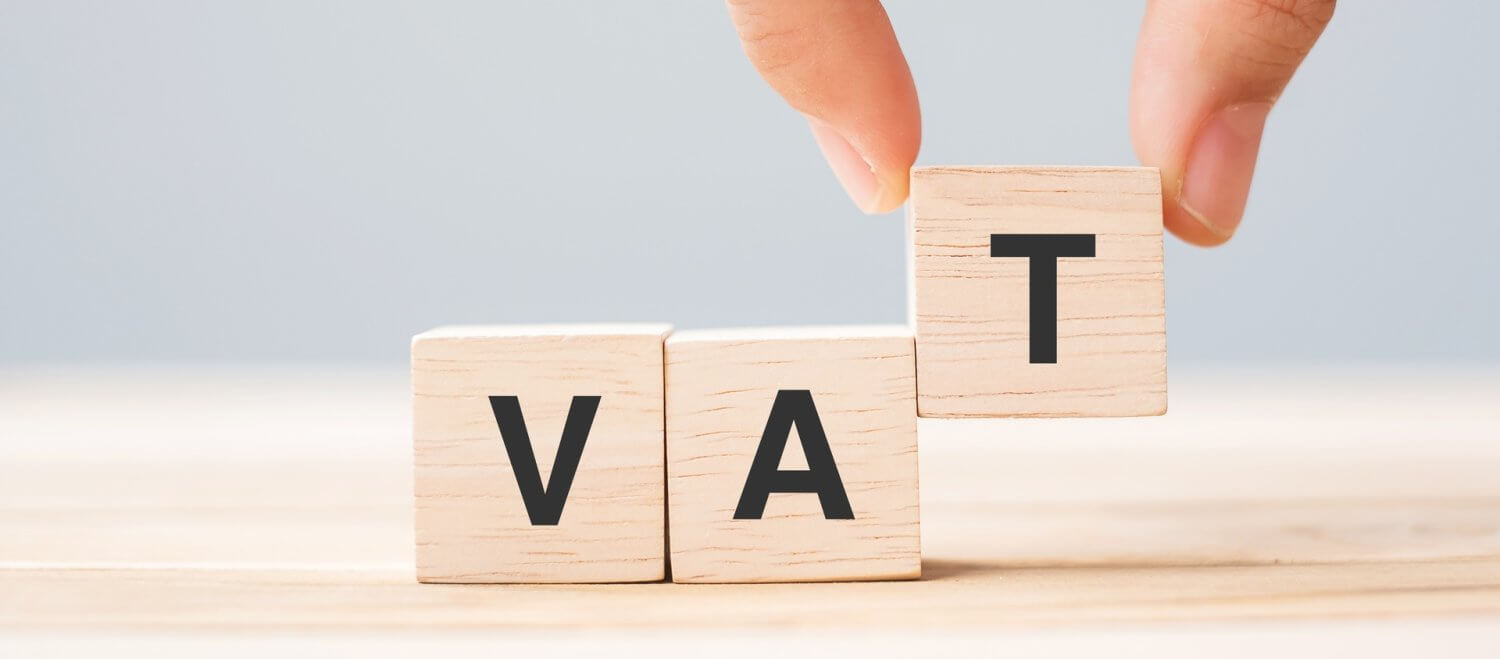
VAT schemes – which one is right for you?
If you’re running a limited company and are close to the VAT registration threshold or are already VAT registered, choosing the right VAT scheme is essential. The VAT scheme you select can directly impact your cash flow, tax efficiency, and the amount of administration your business must handle. By picking the wrong scheme it could mean paying more VAT than necessary or creating unnecessary paperwork.
In this blog, we break down the main UK VAT schemes — including the Standard VAT Scheme, Flat Rate Scheme, Cash Accounting Scheme, Annual Accounting Scheme, and VAT Margin Scheme — exploring how each works, who they’re best suited for, and help you decide which VAT scheme is the right choice for your business.
Standard VAT Accounting Scheme
The Standard VAT Accounting Scheme is the default method for VAT-registered businesses in the UK. Under this scheme, VAT is recorded when invoices are issued, and businesses can reclaim VAT on purchases once supplier invoices are received.
Whose it for? Companies with high input VAT to reclaim, regular invoicing, and strong bookkeeping systems.
What are the pros? Full VAT recovery on eligible purchases, making it efficient for businesses with significant expenses.
What are the cons? Potential cash flow pressure, as VAT may need to be paid to HMRC before customer invoices are settled.
Cash Accounting Scheme
The Cash Accounting Scheme allows VAT-registered businesses to pay VAT to HMRC only when your clients have paid their invoices, and to reclaim VAT on purchases only once suppliers have been paid.
Whose it for? Businesses with delayed customer payments, lower input VAT, or minimal stock.
What are the pros? Improved cash flow management, reducing the risk of paying VAT on unpaid invoices.
What are the cons? It’s limited to businesses with a VAT-taxable turnover below £1.35 million, making it unsuitable for larger companies.
Flat Rate Scheme (FRS)
The Flat Rate Scheme (FRS) simplifies VAT by allowing businesses to pay HMRC a fixed percentage of their gross turnover, with the rate depending on the business sector.
Whose it for? Freelancers, contractors, and service-based businesses with low expenses, as well as small companies with an annual taxable turnover under £150,000. Once you’re on the FRS scheme, you can remain on this unless your turnover is going to exceed £230K.
What are the pros? Simplified VAT reporting and potential savings, especially in the first year of VAT registration, when a 1% discount applies.
What are the cons? Most VAT on purchases cannot be reclaimed, making it less cost-effective for businesses with significant equipment or stock costs, though VAT can still be reclaimed on certain capital assets over £2,000.
Annual Accounting Scheme
The Annual Accounting Scheme allows VAT-registered businesses to submit just one VAT return per year instead of quarterly returns. Payments are made in advance, either monthly or quarterly, based on estimated VAT liability.
Whose it for? Stable businesses that want to reduce admin and benefit from more predictable cash flow.
What are the pros? Less paperwork and easier budgeting with regular instalments.
What are the cons? The risk of overpayments or underpayments if income varies significantly, and businesses that regularly reclaim VAT may find it unsuitable as refunds are only issued once a year.
VAT Margin Scheme
Whose it for? The VAT Margin Scheme is designed for businesses that sell second-hand goods, antiques, works of art, or collectibles.
What are the pros? Instead of paying VAT on the full selling price, businesses only pay VAT on the profit margin — the difference between the purchase price and the resale price. This scheme is particularly beneficial for low-margin resale businesses, as it helps reduce overall VAT liability.
What are the cons? Detailed record-keeping, and VAT cannot be reclaimed on items bought under the scheme.
Which VAT Scheme is the right one for you?
It depends on your business model, your turnover, expenses, and how you manage your cash flow. Here are some simple guidelines:
| VAT Scheme | Who It’s For | Pros | Cons |
| Standard VAT Accounting | Companies with high input VAT and regular invoicing | Full VAT recovery, matches accrual accounting | Can create cash flow pressure if clients pay late |
|
Cash Accounting |
Businesses with delayed payments, lower input VAT, minimal stock |
Improves cash flow, reduces risk on unpaid invoices |
Cannot be used if VAT-taxable turnover exceeds £1.35 million |
|
Flat Rate Scheme (FRS) |
Freelancers, contractors, service-based businesses with low expenses; turnover ≤ £150,000 |
Simplified VAT reporting, potential savings (1% discount in first year) |
Cannot reclaim most VAT on purchases; less cost-effective for high stock/equipment costs |
|
Annual Accounting |
Stable businesses that want predictable cash flow |
Less paperwork, easier budgeting |
Refunds only once per year; risk of over/underpayments if income varies |
|
VAT Margin Scheme |
Second-hand goods dealers, antiques, art traders |
VAT paid only on profit margin, reduces liability |
Requires detailed record-keeping; VAT cannot be reclaimed on items bought under scheme |
How your Client Director can help you
Choosing the wrong VAT scheme can over time end up costing your business hundreds, or even thousands. Your Client Director is here to provide personalised guidance to help you select the VAT scheme that best fits your company’s unique circumstances.
As your business grows, or if you’re moving to us from another accountant, we’ll review your VAT scheme in line with your finances, industry, and growth plans, offering recommendations designed to support your success.
Our team is here to provide clear, tailored advice so you can make the most of your business. Speak to your Client Director today to see how we can help.
Note: All the information and advice in this blog post was correct at the time of writing.






